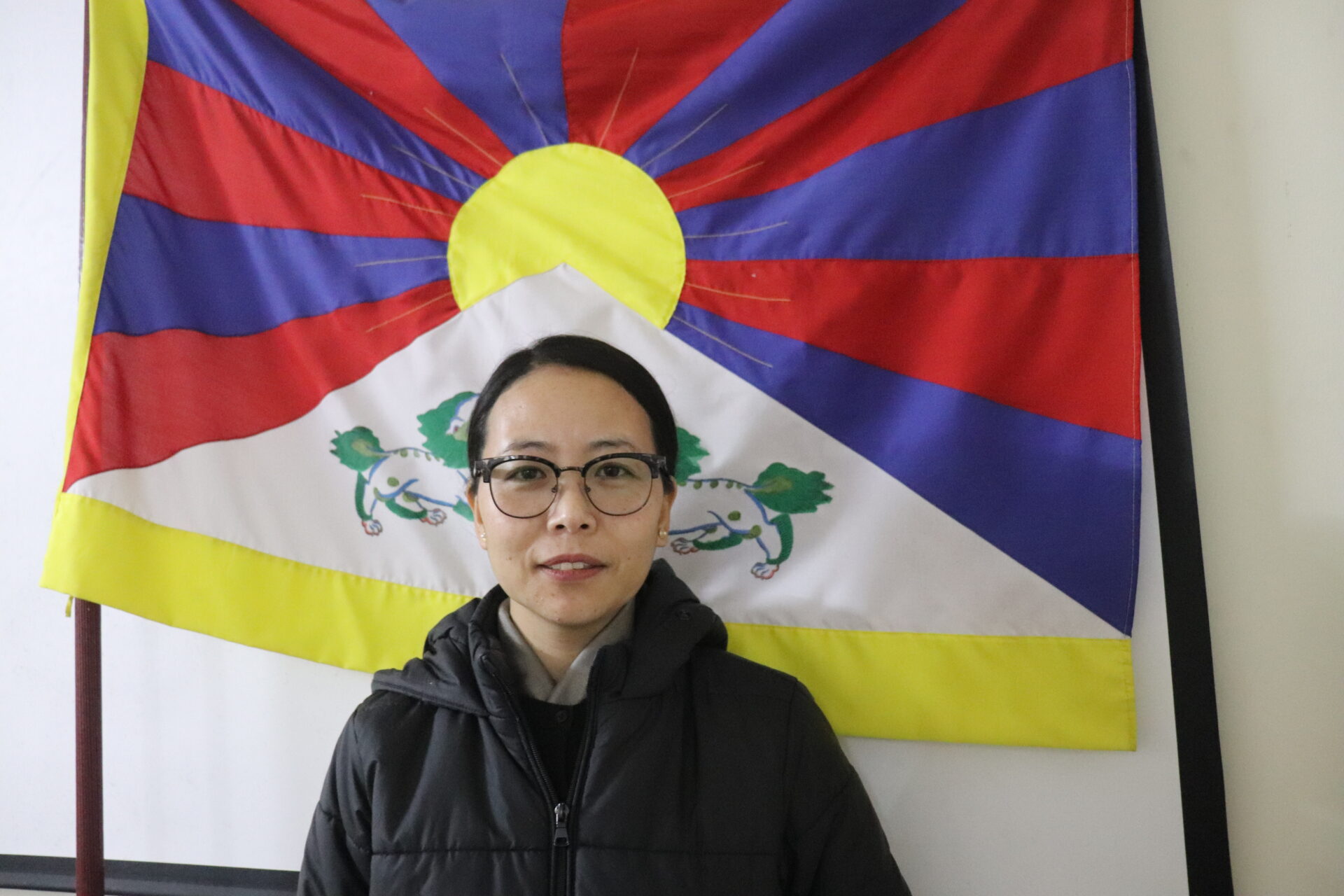A Life in Exile: Tsepak Wangmo’s Story of Identity and Hope

When Tsepak Wangmo speaks about her life, it is a story woven with exile, identity, and resilience. Her husband grew up separated from his mother for 35 years, while her own roots in Tibet live on through her grandparents’ memories. Together, they have chosen to dedicate their lives to the Tibetan cause – guided by the teachings and presence of His Holiness the Dalai Lama.
At the age of one, her husband was taken from Tibet to India with his elder brother by their mother. She left them at the Tibetan Children’s Village (TCV) School in Dharamsala, believing that they would be safe and have a brighter future under His Holiness the Dalai Lama. After that, she returned to Tibet. For some time, she managed to stay in touch through letters and parcels, but as travel restrictions tightened, all communication ceased. The children in India grew up without any knowledge of their mother’s whereabouts or well-being.
This separation lasted for approximately 35 years.
This is the story of millions of Tibetan refugees in India who fled their homeland in the 1960s to practice religious freedom under the guidance of His Holiness the Dalai Lama.
A different refugee story
Tsepak Wangmo’s story of struggle and identity is very different from her husband’s. Her parents, as well as she herself, have all spent time in India. However, her grandparents and great-grandparents originally came from Tibet, fleeing in 1959 during China’s occupation. She has never visited Tibet, yet she developed a strong sense of attachment to it through her grandparents’ tales.
“I met my husband during a training program organized by the Public Service Commission. We both work for the Central Tibetan Administration (CTA), with my husband holding a position in the Department of Education,” says Tsepak Wangmo. Both are dedicated to serving the Tibetan community in exile.
Desire to visit Tibet – and thoughts on returning
While she feels it is almost impossible in her lifetime, Tsepak expresses a strong desire to visit Tibet “one day” to explore her ancestral land. However, she admits it would feel more like being a tourist since she has no known relatives there.
“I would strongly consider moving to Tibet permanently if it were free, especially if His Holiness the Dalai Lama were to return. In a free Tibet, we could better preserve our culture, language, and identity,” she says firmly.
Although she enjoys religious freedom in India, she has never applied for Indian citizenship—even though she could have, as she was born after 1987, the cut-off year for Tibetans to claim nationality. “I do not feel deprived of opportunities, and that is the reason I never applied. I see myself as a refugee committed to the Tibetan cause. My parents also did the same.”
His Holiness the Dalai Lama’s influence
Although many Tibetans choose to migrate abroad for better opportunities, she and her husband are committed to staying in India to serve their community.
She says the Tibetan refugee community is so dedicated to the cause that even if they leave for better lives, they still contribute to Tibetan culture and the struggle for freedom. “My personal aspiration is to stay close to His Holiness the Dalai Lama and continue my work within the Tibetan government-in-exile.”
She and many Tibetans revere the Dalai Lama as more than just a spiritual leader; they see him as the reincarnation of Avalokiteshvara (Chenrezig), the Buddha of Compassion. “He is a global ambassador of non-violence and Tibetan identity. I fear that his passing will bring challenges to the Tibetan cause but hope that the Indian government and the international community will continue to support Tibetans,” she says.
His Holiness has predicted that he will live until the age of 113, which brings hope and reassurance to his followers.
A personal blessing
In a particularly special moment for her, she had the opportunity to ask the Dalai Lama to name her child when she was just three months pregnant. “His Holiness envisioned that I was to have a baby boy and gave the name Tenzin Kundrup.” She later gave birth to a son, making the naming experience deeply meaningful.
Text and photo: Isha Banerjee
By: Malin Kihlström